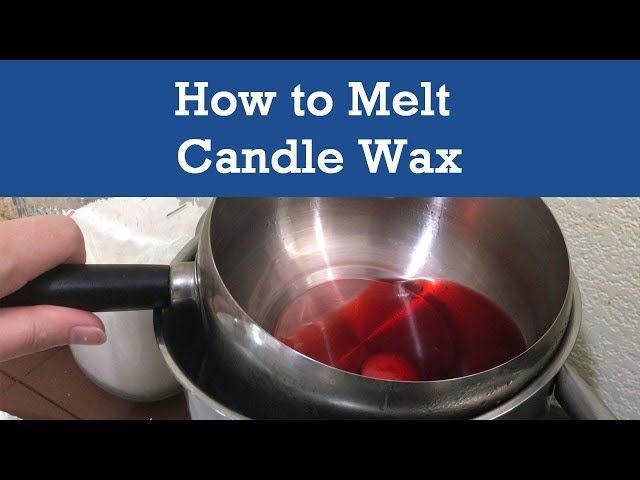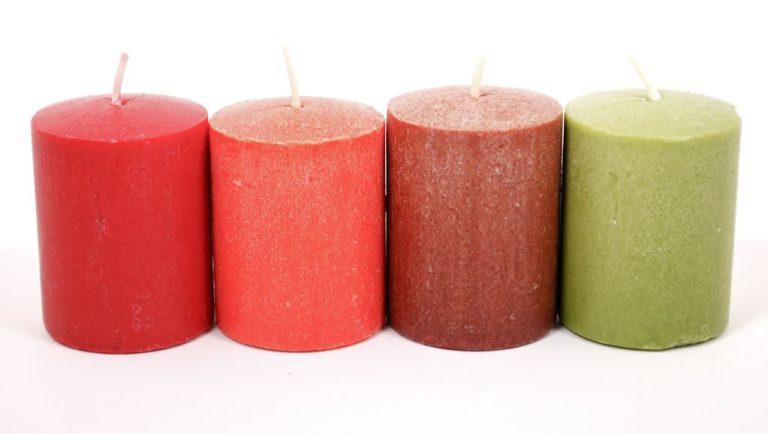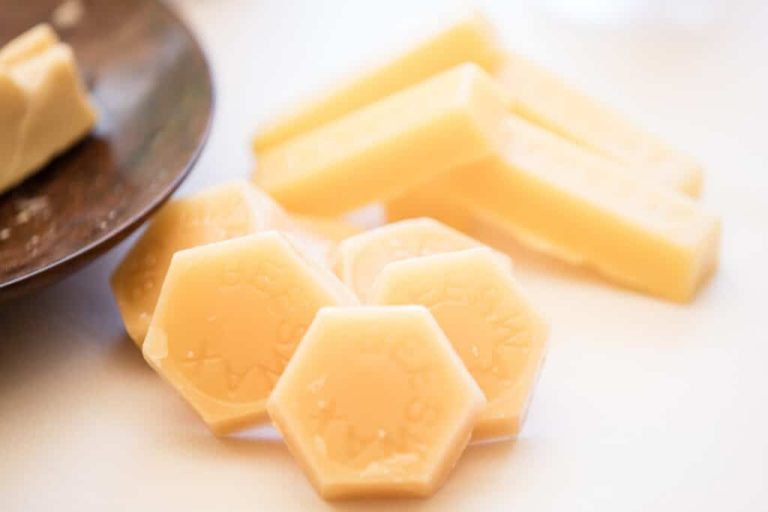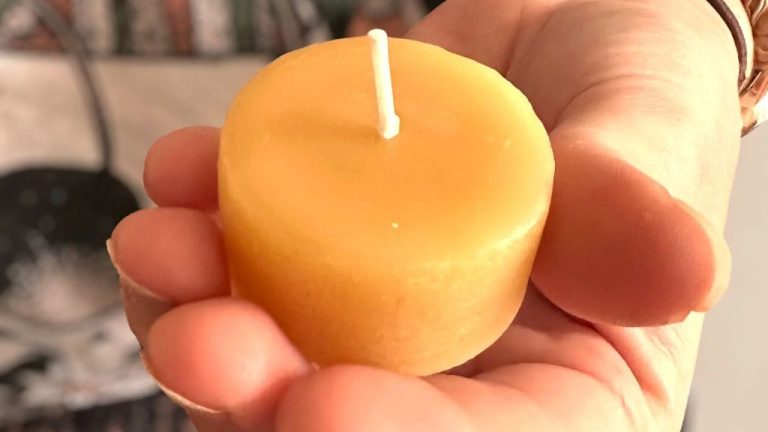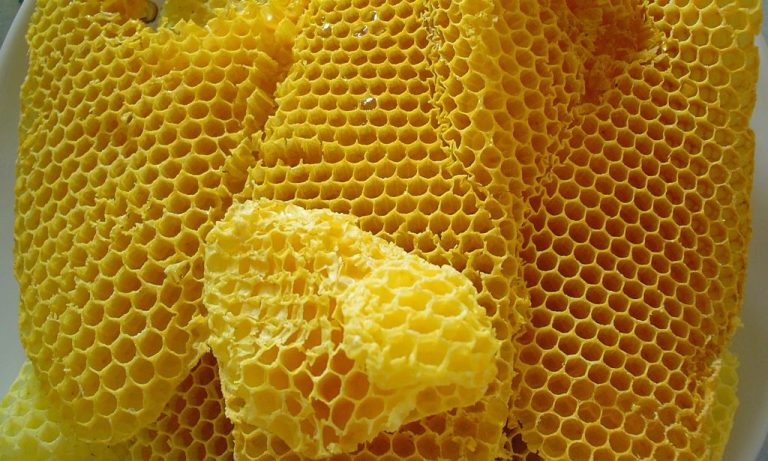Why Is Paraffin Wax The Best For Candles?
The Popularity and Dominance of Paraffin Candle Wax
Paraffin wax is the most ubiquitous and widely used candle wax in the world. The popularity of paraffin wax candles can be seen by walking down the candle aisle in any store. The vast majority of candles, from simple votives to ornate pillars, are made from paraffin wax. This prevalence is no accident. Paraffin wax has many properties that have made it the number one choice commercially for candle making.
This dominance is due to key advantages that make paraffin ideal for candle making on a mass scale. Paraffin is affordable, readily available, and has excellent melting point and burning properties. It also allows candles to hold fragrance well and produces candles with an attractive surface finish. Paraffin’s ubiquity stems from this unique combination of practical benefits that make it the best choice for the majority of candle making situations.
Affordability
Paraffin wax is one of the most affordable waxes for candle making. According to https://jessicawellinginteriors.com/best-wax-for-candles/, “If you want a small quantity of paraffin it’s pricey at around $9.35 per pound. But it is MUCH cheaper in bulk- around $2.50 per pound.” Compared to beeswax, which can cost $8-10 per pound according to https://www.vedaoils.com/blogs/candlemaking/paraffin-vs-beeswax-which-one-is-better-for-candles, paraffin wax is significantly less expensive. The abundant supply and manufacturing process of paraffin wax helps keep costs low.

The affordability of paraffin wax makes it possible to produce candles at a low cost. This allows candle makers to sell their products at affordable prices that appeal to a wide consumer market. Paraffin’s low price point compared to other waxes is a key factor that makes it the top choice for candle making from a cost perspective.
Availability
One of the key advantages of paraffin wax is that it is widely available. Paraffin wax is derived from petroleum feedstocks, which are abundant and produced around the world. According to research, the global production volume of paraffin wax was over 2 million metric tons in 2022.[1] With petroleum refining capacity continuing to expand, paraffin wax supply is projected to steadily increase to meet demand.
In contrast, naturally derived waxes like beeswax have a much more limited supply. Beeswax production is dependent on honey bee populations, which can fluctuate due to factors like diseases, habitat loss, and climate change. While beeswax performs well in candles, paraffin is a more reliable and scalable raw material for large-scale candle manufacturing.
Melting Point
Paraffin wax has an ideal melting point between 46-68°C (115-154°F), which makes it excellent for candle making. This temperature range allows the wax to melt at relatively low temperatures, so it can be easily handled during candle production. Yet it also solidifies quickly when cooling, allowing candles to be produced efficiently. The fast setup time prevents sagging or slumping in candle molds.
Compared to other waxes like beeswax or soy wax, paraffin has a melting point right in the ideal range for candle making. Beeswax melts at 62-64°C, making it difficult to work with. Soy wax melts at just 48-60°C, meaning candles take longer to setup and can lose their shape. The melting point of paraffin provides the perfect balance of easy handling when liquid and fast setup when cooling.
Thanks to this useful melting point, paraffin allows candle makers to achieve excellent results. The wax can be quickly melted, fragrances and dyes added, and the liquid poured into molds. Within about 1-2 hours candles made from paraffin wax will be cooled and ready to use.
Burn Properties
One of the key benefits of paraffin wax for candles is its excellent burn properties. Paraffin wax burns slowly and cleanly, producing minimal soot compared to other fuels used in candlemaking like soy wax or beeswax.[1] The slow-burning nature of paraffin allows candles to burn evenly and prevents them from tunneling, which is when the flame burns down the center and leaves wax around the edges.
Paraffin wax has a very high heat of combustion at 42 MJ/kg.[1] This allows paraffin candles to burn brighter than other types of wax. Paraffin’s high energy density and complete combustion are why it produces less soot than alternative waxes. The minimal soot leads to less mess from the candle and reduces the need to trim wicks as the candle burns down.
Overall, paraffin wax’s excellent burn properties of slow, even burns with minimal sooting make it an ideal choice for candlemaking. Paraffin allows candles to provide bright, clean illumination for long periods of time.
Fragrance
Paraffin wax has very little natural scent, which allows any added fragrances to be the dominant aroma of the finished candle. According to CandleScience, paraffin’s neutral scent “provides an excellent canvas for fragrance oils” (https://www.candlescience.com/learning/all-about-paraffin-wax/). The wax can absorb a significant amount of fragrance oil before becoming saturated. The recommended usage is 1 oz of fragrance oil per 1 lb of wax, but the absorption can be as high as 1.5 oz per 1 lb (https://lonestarcandlesupply.com/fragrance-oils-faq/).
The paraffin wax lattice structure allows the fragrance oil molecules to be trapped within the wax. As the candle burns, the heat causes the oil to vaporize and be released into the air. This provides excellent hot and cold scent throw. Paraffin’s fragrance release is consistent and long-lasting compared to other waxes.
Appearance
Paraffin wax has a whitish to clear appearance depending on the level of refinement. Raw paraffin wax tends to have an opaque, milky white color due to impurities. However, paraffin can be clarified through filtration to produce a water-clear appearance ideal for candles. The clear refined form allows light to pass through, creating a bright and luminous candle flame.
In addition, paraffin wax readily accepts dyes and pigments. This makes it easy to produce candles in an array of colors by simply adding liquid or powdered dyes to the melted wax. The wax holds color well throughout the curing and cooling process with minimal bleeding or fading. This ability to take on colors and clarity makes paraffin an extremely versatile material for candle making.[1]
Handling
One of the key advantages of paraffin wax is that it is easy to work with compared to more brittle waxes. Paraffin wax has a relatively low melting point, which allows it to be poured and molded at temperatures between 115-150°F. This property makes paraffin ideal for candle making, as it can be melted and poured into candle molds with minimal setup and equipment.1
The low melting point also allows the wax to solidify quickly as it cools. The viscosity of liquid paraffin wax is relatively low, so it can fill intricate candle molds evenly and cleanly. The wax also shrinks very little as it solidifies, reducing flaws like cracks or concavities in the finished candle. This gives paraffin candles a smooth surface and appealing visual quality.
Unlike waxes that become brittle when solid, such as beeswax, paraffin remains pliable in its solid form. This allows the finished candle to be flexed and wrapped without cracking or chipping the wax. Paraffin also resists sticking and clumping when stored, making it easy to reuse scraps or rejected candles. These handling properties are key reasons paraffin dominates commercial candle production.
Safety
Paraffin wax is generally regarded as safe for candle making. According to the CDC, exposure to paraffin wax fumes can cause some minor irritation but is not considered toxic [1]. However, some caution should be exercised, especially with burning candles in an enclosed space. The fumes can cause headaches, coughing, and irritation in some individuals. Proper ventilation when burning candles made from paraffin wax is recommended.
Beeswax, while natural, can trigger allergic reactions in some people. Individuals with honey bee allergies should use caution with beeswax candles as they may experience hives, swelling, and wheezing [2]. Overall, paraffin wax is typically safer for those concerned about allergies.
Environmental Factors
Paraffin wax is derived from petroleum, which raises environmental concerns since petroleum is a non-renewable resource. However, paraffin can be a byproduct from oil refining, which helps mitigate some of the environmental impact. One study found that the amount of unrefined paraffin accumulating in the oceans is minor compared to crude oil pollution.1 While paraffin wax does burn cleanly, the sustainability of perpetually extracting a non-renewable resource is questionable. Some consumers prefer more renewable waxes like soy, palm, or beeswax. Ultimately, paraffin burns well and has some advantages, but relies on continued petroleum extraction.

